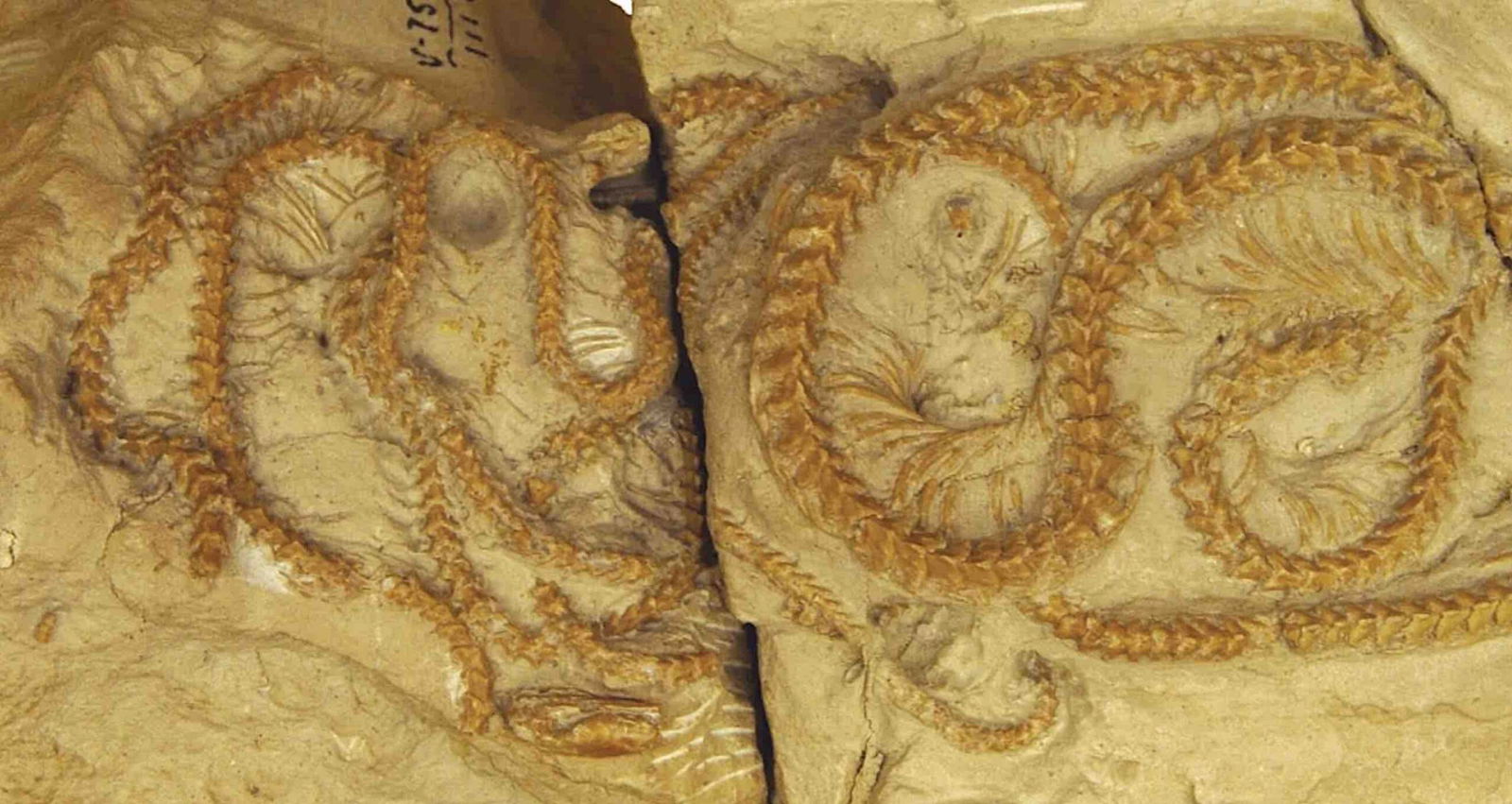The recent discovery of 34-million-year-old reptile remains in Wyoming are presenting new insights into the evolution of one of nature’s most fascinating slithering species.
The fossils of a snake species that existed in North America close to 34 million years ago were recently unearthed from a site where the remains of several distinct species were located. This offers an unprecedented look at the origins of modern snake species, including pythons and boas, and new clues about their evolution over time.
The new species, named Hibernophis breithaupti, is unique due to specific anatomical features it possessed, which paleontologists were able to quickly discern in part due to the articulation of the skeletons.
When fossil discoveries are made, the bones of ancient animal species often become disarticulated prior to fossilization, which can sometimes make the recognition of new species difficult. This can also make reassembling the preserved remains into a coherent representation of how the ancient animal in question might have looked difficult.
Since the bones of Hibernophis breithaupti all appear in their proper place in the newly uncovered fossils, researchers involved with the discovery believe this ancient American reptile may belong to the group known as Booidea, also known as booid snakes, which comprise the superfamily of snake species that include boas and their closest relatives.
When most people think of boas, their larger and more exotic varieties from around the world may come to mind. However, many smaller varieties also exist in parts of the Americas. The evolution of these snakes remains somewhat obscure to herpetologists, and the new discoveries could potentially offer significant clues to how these reptiles have adapted to changes over long periods of time.
One key aspect of the discovery of Hibernophis breithaupti that has excited researchers involves the discovery of not just one but several of these ancient reptiles all curled together within a single burrow, where their remains became fossilized. This unusual find involving several articulated snakes in a single location is suggestive of a unique behavior associated with their modern descendants, where they hibernate together in sometimes very large groups.
“Modern garter snakes are famous for gathering by the thousands to hibernate together in dens and burrows,” according to Michael Caldwell, a paleontologist at the University of Alberta, who was involved in the discovery.
Caldwell, is co-leader of the research effort currently studying Hibernophis breithaupti along with his former graduate student, Jasmine Croghan, and collaborators from Australia and Brazil, said these species of snakes hibernate in large numbers like this to help them conserve heat, through a unique behavior where the animals form a large ball when hibernating.
“It’s fascinating to see possible evidence of such social behavior or hibernation dating back 34 million years,” Caldwell said in a recent statement about the team’s findings, which potentially challenge traditional views on the behavior of snakes of the Booidea group and their evolution.
The team’s findings were the subject of a recent study, “Morphology and systematics of a new fossil snake from the early Rupelian (Oligocene) White River Formation, Wyoming,” which was published on June 19, 2024, in the Zoological Journal of the Linnean Society.
Micah Hanks is the Editor-in-Chief and Co-Founder of The Debrief. He can be reached by email at micah@thedebrief.org. Follow his work at micahhanks.com and on X: @MicahHanks.

